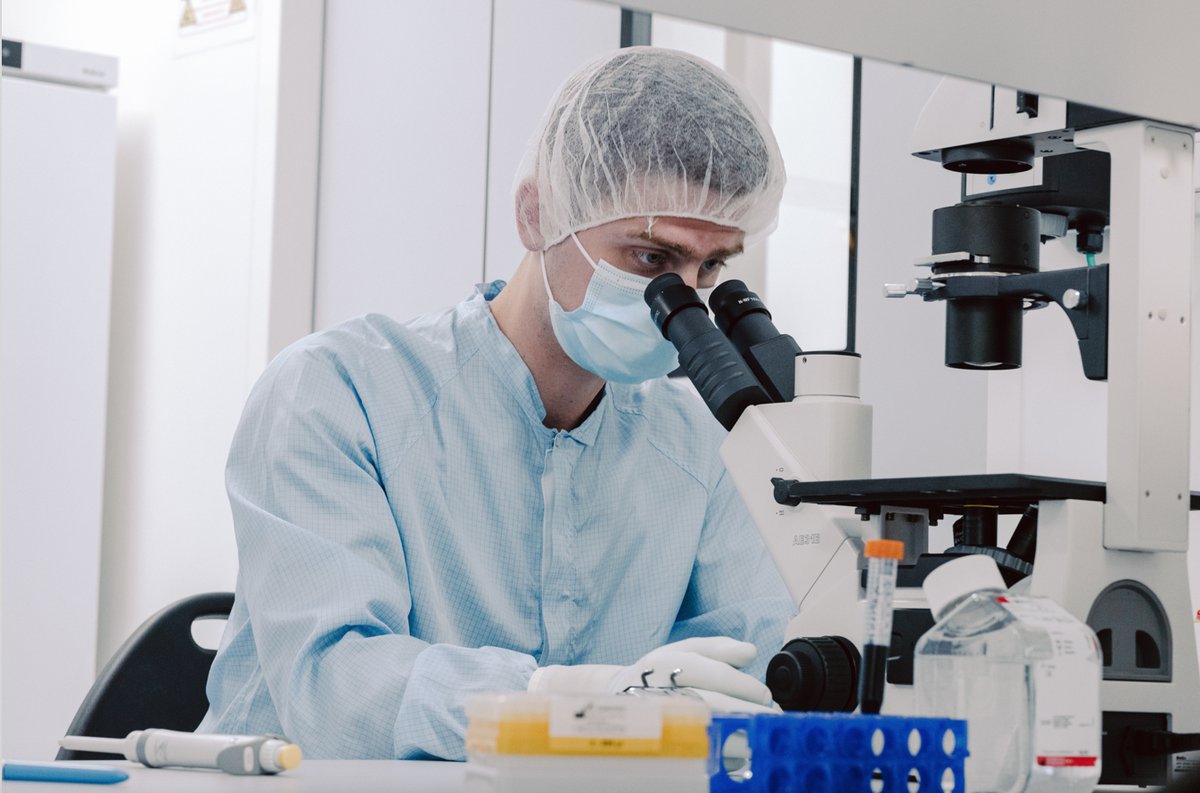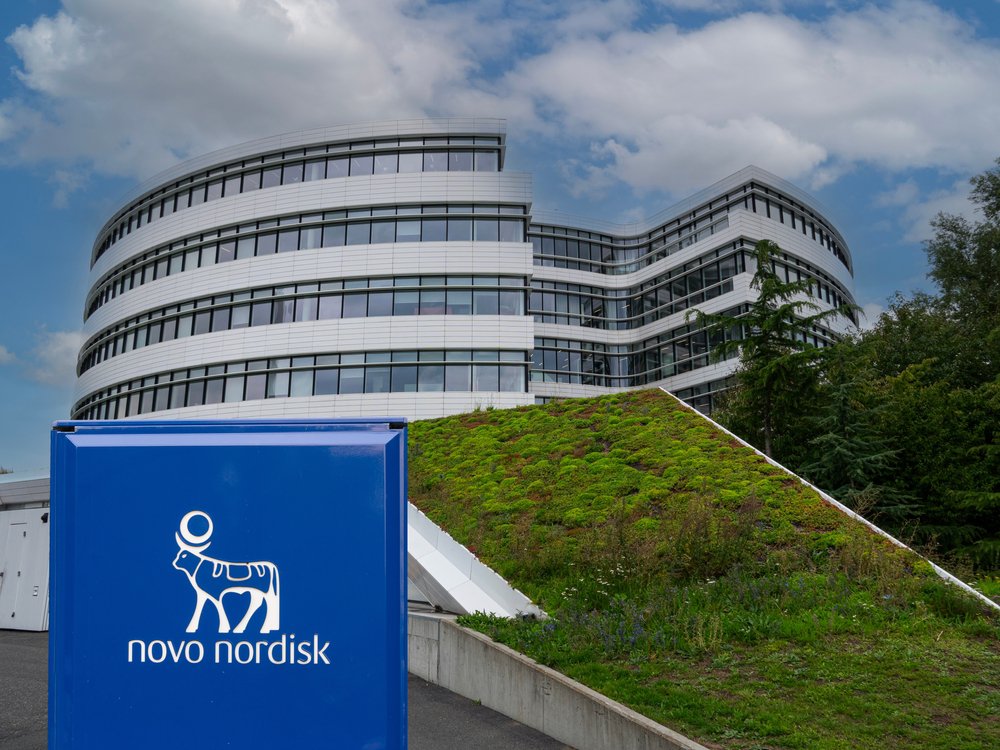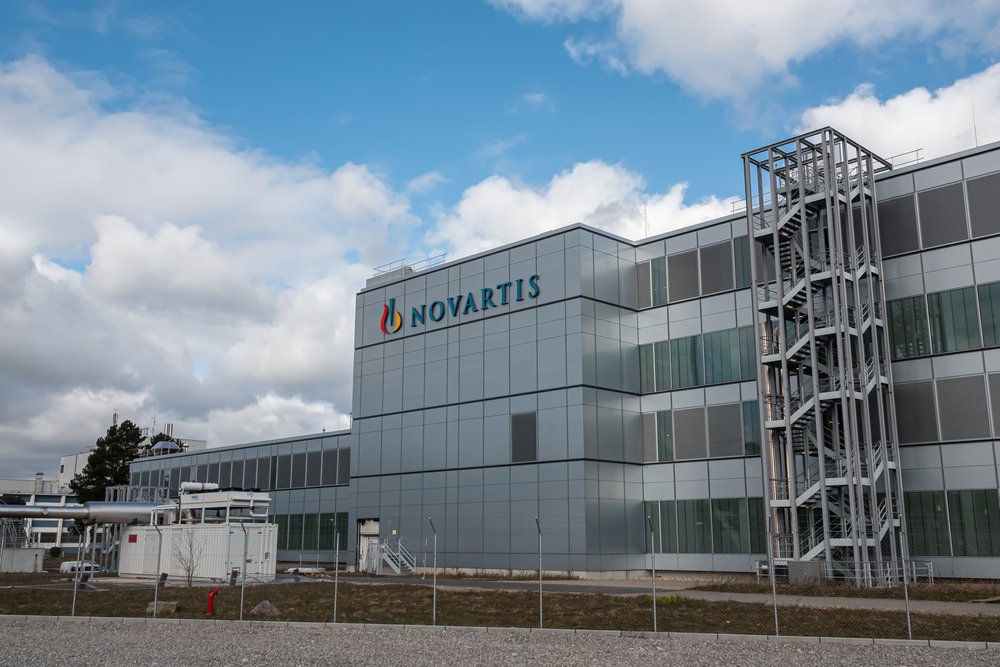To discuss the recent news from Exothera that the company are expand into North America, we at EPM caught up with Darren Leva, Chief Business Officer, Exothera.
EPM: Can you explain how Exothera’s expansion of the Ntensify platform into North America will impact the development and manufacturing of RNA therapies in the region?
DL: Through our expansion into the US, developers of RNA therapeutics and vaccines will have access to the most advanced RNA production processes and equipment, allowing for fast delivery of therapeutics and vaccines to their patients on US soil.
EPM: Can you explain how does continuous mRNA production works?
DL: It could be called continuous or more especially continuous-batch manufacturing. Our process and equipment dramatically reduce the physical footprint and personal need to produce RNA. We achieve this through a robust, efficient, standardized process, executed with robotic automation. Instead of each stage of RNA manufacturing requiring a separate clean room for each process stage, we combine all the steps from DNA input to purified RNA drug substance into a single unit operation in a single, small clean room.
EPM: What advantages does the Ntensify platform offer in terms of efficiency, quality, and cost-effectiveness compared to traditional RNA production methods?
DL: The standardised Ntensify process has a very high conversion of raw materials into the final product and creates very few impurities. This allows us to have a very straightforward purification that avoids expensive chromatography while increasing the overall quality of the DS. The small footprint of the equipment reduces operational costs as all DS work occurs in a single, small clean room with minimum personnel. Due to the efficiency of Ntensify, the time to complete a batch is roughly half the time of traditional IVT, although the major cost and time savings comes from the elimination of process development and scale-up activities during clinical development.
EPM: How does the Ntensify platform streamline the transition from clinical to commercial-scale manufacturing without the need for process development or scale-up?
DL: Unlike traditional processes that scale up, Ntensify uses a scale-out approach with a standardised and optimised process. The advantage of this approach is the reaction volume and performance parameters are pre-set and known. To make more material, we simply run more reactions in parallel using robotics. Given the standardization of the process, this allows us to skip normal process development timelines and costs. Additionally, since the process does not change based on increased volume requirements, we can leverage all of the data throughout the product life cycle for commercial filling, eliminating the cost and time of scale-up activities.
EPM: What role does automation and standardisation play in ensuring consistent quality and yield throughout the RNA production process with the Ntensify platform?
DL: These have many benefits. Standardisation allows for a predictable and known process. We provide all the components and reagents needed for the process, so that simplifies the supply chain. Equipment is known, so it can be ready and qualified prior to production runs. Automation removes the largest variable to manufacturing people. With less people we can reduce the FTE need to run a program while speeding up production. Additionally, with less hands-on work, we can reduce the potential for operator error and contamination. The result is a higher yielding process and higher quality RNA vs. standard IVT.
EPM: Can you elaborate on the timeline reductions achieved by utilising the Ntensify platform for clinical production compared to traditional manufacturing processes?
DL: Traditionally, CDMOs develop a bespoke process for every molecule. That process can take 6-12 months, depending on the complexity. This process will then identify the reagents and equipment needed for production, which triggers the sourcing of all components, another 2-6 months. Next is scale up or an engineering run to work out the process and documentation, another 1-3 months. And finally, the product can run in GMP, some 9-24 months after project initiation. With Ntensify, we skip all the development work with a pre-defined, standardised, and optimised process with kit-based consumables. We simply perform a feasibility run to confirm process yields which only takes 2-4 weeks with testing. Then we proceed straight into clinical production.
EPM: How does Exothera’s partnership with Quantoom Biosciences enhance its ability to provide access to cutting-edge RNA production technology for biopharma companies?
DL: Quantoom is the leading innovator in RNA space. Through our partnership, Exothera can leverage the best-in-class process and equipment as a CDMO service provider allowing our clients access to this technology as a service.
EPM: What challenges does the biopharma industry currently face in terms of manufacturing approaches, expertise, and quality, and how does Exothera aim to address these challenges with the Ntensify platform?
DL: The main challenges in the industry include inconsistent RNA quality and yields, archaic processes that were not intended for commercial scale, and a lack of RNA expertise. We address the quality, yield and process challenges by standardising and automating the process using Ntensify. Many RNA CDMOs have been backed into space by adding on to existing capabilities and experience built from biologics or viral vector manufacturing. Exothera has a dedicated and experienced team working with RNA and DNA as a career, some have been in this space for over 20 years. Our Quality team is also exceptional. We currently have 3 QPs in-house with vast experience in releasing hundreds of batches a year. This gives us unique insight into what regulators expect to see in filings.
EPM: What applications does the Ntensify platform have across the biopharma industry, particularly in areas such as vaccines and personalised cancer therapeutics?
DL: The breath of the manufacturing range for Ntensify is wide. The current Ntensify GMP clinical equipment can accomplish batch sizes from 100mg to 5g using the same process, equipment, and consumables, in one shift. Coming soon is a larger piece of equipment that will run the same process but increase yields to 25g in a single shift. With the same process, we can make a single patient specific Personalized Cancer Vaccine (PCV), or we can run pandemic scale vaccine production. Additionally, we can decentralise manufacturing. Since the process and equipment are the same, we can produce the same vaccine anywhere in the world.
EPM: Could you discuss the significance of Exothera’s expansion into North America, specifically the establishment of a new site in Andover, Massachusetts?
DL: Andover is located just 30 minutes NW of Cambridge putting us near the global epicenter for RNA innovation. The site allows easier access to our technology for US-based customers. Innovators can visit the site and see the equipment firsthand. We can produce research-use only (RUO) material to enable the down selection of drug candidates, produce material for in-vitro testing, or larger batches that could support small in vivo studies.
EPM: How does Exothera envision leveraging the Ntensify platform to support the development and manufacturing of nucleic acid-based therapies, ultimately making life-changing treatments more accessible?
DL: Through speed and consistency, we offer our clients the fastest route to get these therapeutics to the patients who desperately need them. The speed will allow our clients to be first to the clinic in a growing field and potentially first to commercialise. Due to the efficiencies of the technology, we can help bring the cost of manufacturing down, helping to lower the cost of therapies for patients.



.jpg?cb=49f06e8126a42b404d0596479a006ec5&w=1200)

